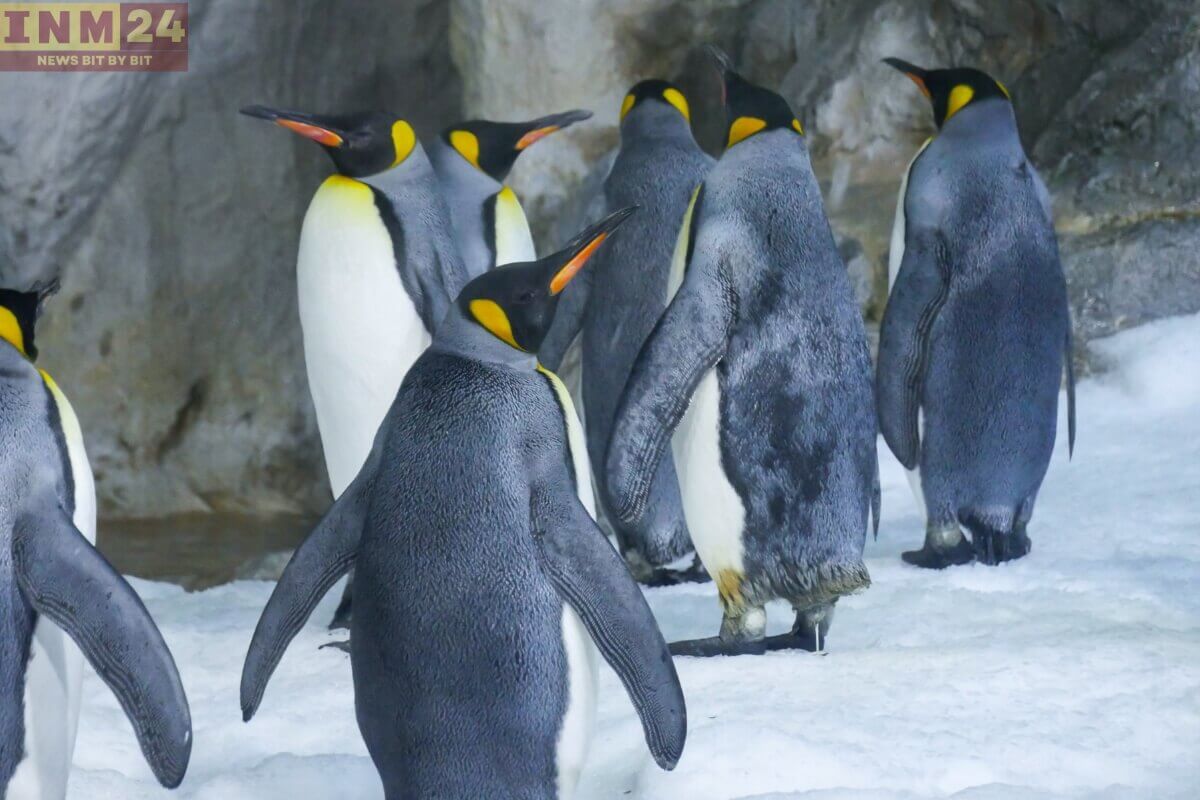Antarctica, the frozen continent at the southernmost tip of the Earth, is renowned for its stunning landscapes and unique biodiversity. However, recent research has highlighted a concerning threat looming over one of its iconic inhabitants – the penguin species. A deadly flu outbreak has emerged as a significant risk, potentially leading to the disappearance of these beloved birds from their natural habitat.
Iconic Penguins: Key Players in Antarctica’s Ecosystem
Penguins, with their distinctive waddling gait and playful antics, are among the most recognizable and cherished creatures of Antarctica. They play a crucial role in the continent’s ecosystem, serving as both top predators and key indicators of environmental health. However, their isolation and vulnerability to infectious diseases pose a grave concern for their survival.
The threat stems from a virulent strain of avian influenza that has been detected in penguin populations across Antarctica. This highly contagious virus, which primarily affects birds but can also infect mammals and humans, has raised alarm among scientists and conservationists. If left unchecked, it could decimate penguin colonies and have far-reaching ecological consequences.
The spread of the flu virus among penguins is facilitated by various factors, including overcrowded breeding grounds, limited genetic diversity, and the introduction of pathogens by humans or migratory birds. Climate change and habitat destruction further exacerbate the risk by disrupting penguin habitats and altering ecological dynamics.
To address this pressing issue, scientists are conducting extensive research to better understand the transmission and impact of the flu virus on penguin populations. They are monitoring penguin colonies, collecting samples for analysis, and developing strategies for disease prevention and control. Efforts are also underway to raise awareness about the threat posed by the flu virus and promote conservation initiatives aimed at protecting penguin habitats.
Furthermore, international collaboration and cooperation are essential for implementing effective measures to mitigate the risk and safeguard Antarctica’s biodiversity. Governments, conservation organizations, and research institutions must work together to address the root causes of the flu outbreak and implement strategies to protect vulnerable penguin populations.
Iconic Penguins: Key Players in Antarctica’s Ecosystem
The potential disappearance of penguin species from Antarctica would not only represent a loss of biodiversity but also have profound ecological and cultural implications. Penguins are not only charismatic symbols of the Antarctic wilderness but also important indicators of the health of marine ecosystems. Their absence could disrupt food chains, affect other species dependent on them for survival, and alter the delicate balance of the Antarctic ecosystem.
The threat of a deadly flu outbreak poses a significant challenge to the conservation of penguin species in Antarctica. Urgent action is needed to address this threat, protect penguin populations, and preserve the continent’s unique biodiversity for future generations. Through concerted efforts and collective action, we can strive to ensure that Antarctica remains a sanctuary for penguins and a symbol of environmental stewardship for years to come.
